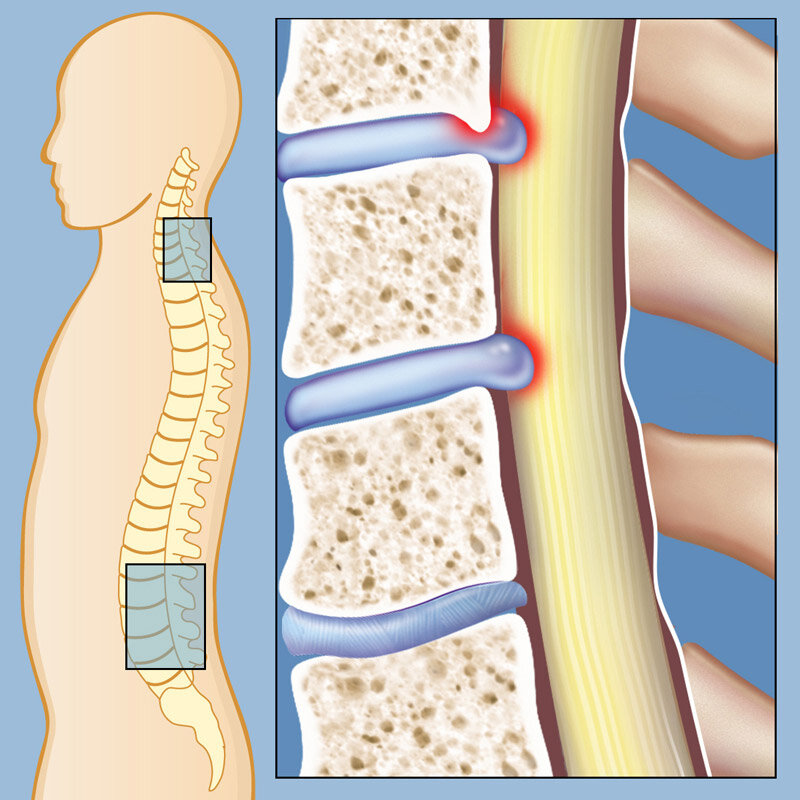Pain Management in the Digital Age: Apps and Resources
Within today's fast-paced digital world, managing pain has become more accessible than ever. As acute pain of the rise of technology, individuals dealing with different forms of pain can turn to cutting-edge apps, online resources, and telehealth services that address their specific needs. Pain management is no longer confined to conventional methods; it has transitioned to embrace a wide range of therapies and treatments that exploit the power of digital tools.
Comprehending pain management is crucial for anyone dealing with discomfort, regardless of whether it is acute or chronic. This comprehensive guide investigates the different types of pain, the treatments available, and how specialized pain management clinics can play a significant role in boosting quality of life. From the research behind pain perception to holistic methods that involve diet and mindfulness, we will investigate a variety of options that empower individuals on their journey to relief. If you are seeking insights on physical therapy, chiropractic care, or alternative treatments like acupuncture and CBD, this article aims to provide insightful information into managing pain in the modern age.
Grasping Pain Control
Pain control encompasses a broad spectrum of therapies and therapies aimed at relieving suffering and improving the quality of life for individuals dealing with acute and persistent pain. It includes a holistic approach that can encompass medication, rehabilitation, emotional assistance, and non-traditional approaches. By understanding what pain management entails, patients can better appreciate the tools available to them and engage in effective strategies for pain reduction.
The different types of pain, including acute and long-lasting, necessitate tailored management techniques. Sharp pain usually occurs from injury or surgery and tends to diminish as the underlying issue recovers. Chronic pain, on the flip side, can persist for long durations or even longer, often needing ongoing treatment and a combination of approaches to control effectively. Identifying these differences is crucial in determining the appropriate pain management approach for each individual, as the methods that are effective for one type of pain may not be appropriate for a different type.
Pain management clinics hold a significant role in enhancing the lives of those affected by pain. These focused facilities offer comprehensive services, including diagnostic assessments, personalized treatment plans, and access to a variety of therapies. By working closely with doctors, patients can understand their pain, investigate treatment options, and find new ways to cope their condition, ultimately leading to a more manageable and rewarding life despite their challenge.
Treatments and Treatments for Relief from Pain
Pain management therapies encompass various of methods, each tailored to target particular types of pain and underlying causes. Conventional techniques such as physical therapy focus on fortifying muscles and enhancing mobility, while also employing techniques such as manual therapy and physical activity. Physical therapists design personalized programs that can greatly alleviate chronic pain and enhance the general quality of life. Additionally, https://postheaven.net/freonmagic8/healing-touch-positive-effects-of-manual-therapy-in-alleviating-pain like chiropractic care and massage therapy have gained recognition for their effectiveness in relieving muscular tension and improving spinal alignment.
Additional methods include acupuncture, which involves placing thin needles at specific points on the body to stimulate the nervous system and promote natural healing. This traditional practice has been shown to alleviate pain for issues such as migraines and chronic back pain. Furthermore, the use of TENS (Transcutaneous Electrical Nerve Stimulation) therapy offers a non-invasive method for pain control by delivering electrical impulses to interfere with pain signals sent to the brain. These treatments demonstrate the diverse landscape of pain relief strategies available today.
In recent years, advancements in medical treatments have led to novel options like regenerative medicine and interventional pain management. Techniques such as radiofrequency ablation and nerve blocks provide targeted pain relief by interrupting nerve signals or diminishing inflammation. Additionally, the integration of lifestyle changes, including dietary adjustments and mindfulness practices, plays a key role in treating pain holistically. Collectively, these therapies and treatments offer individuals a robust toolkit for effectively addressing their individual pain challenges.
Alternative Methods and Lifestyle Modifications

In addition to traditional pain management treatments, exploring alternative approaches can contribute greatly to pain relief and overall well-being. Awareness and meditation have gained recognition for their ability to reduce tension and anxiety, which are often connected with chronic pain conditions. By cultivating a deeper connection between the mind and body, these practices enable individuals to develop coping strategies that can alter their view of pain and enhance their standard of life.
Diet and dietary choices also play a crucial role in pain management. An inflammation-reducing diet, rich in produce, vegetables, whole grains, and omega-3 fatty acids, can assist reduce swelling that contributes to certain types of pain. Incorporating foods such as oily fish, seeds, and leafy greens, along with maintaining fluid intake, can support the body’s natural defenses and potentially lessen pain feelings. Moreover, being aware of triggers, such as processed foods or high sugar, can additionally aid in managing pain intensity.
Physical activity is another essential component of pain management. While it may appear counterintuitive to engage in exercise when in pain, regular, light movements can build muscles, improve mobility, and produce endorphins—biological pain relievers. Activities such as yoga, swimming, and walking can be adapted to personal capabilities, allowing for a safe and efficient way to fight pain. Implementing a routine that merges exercise with stress-reduction techniques offers a comprehensive approach that can lead to lasting relief from pain.